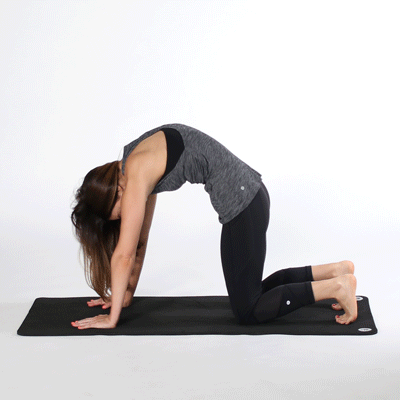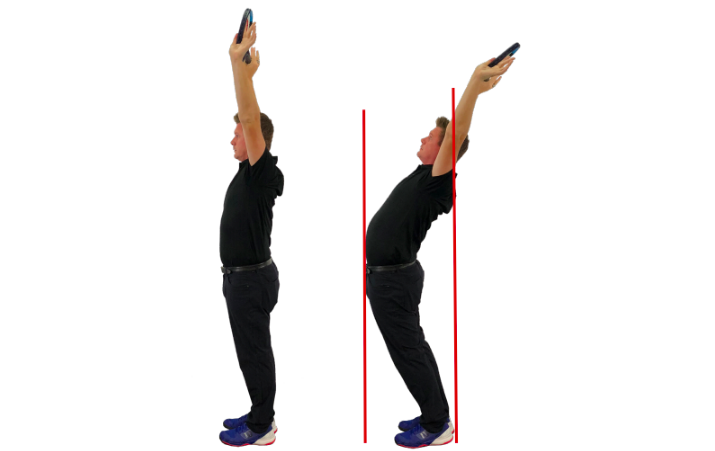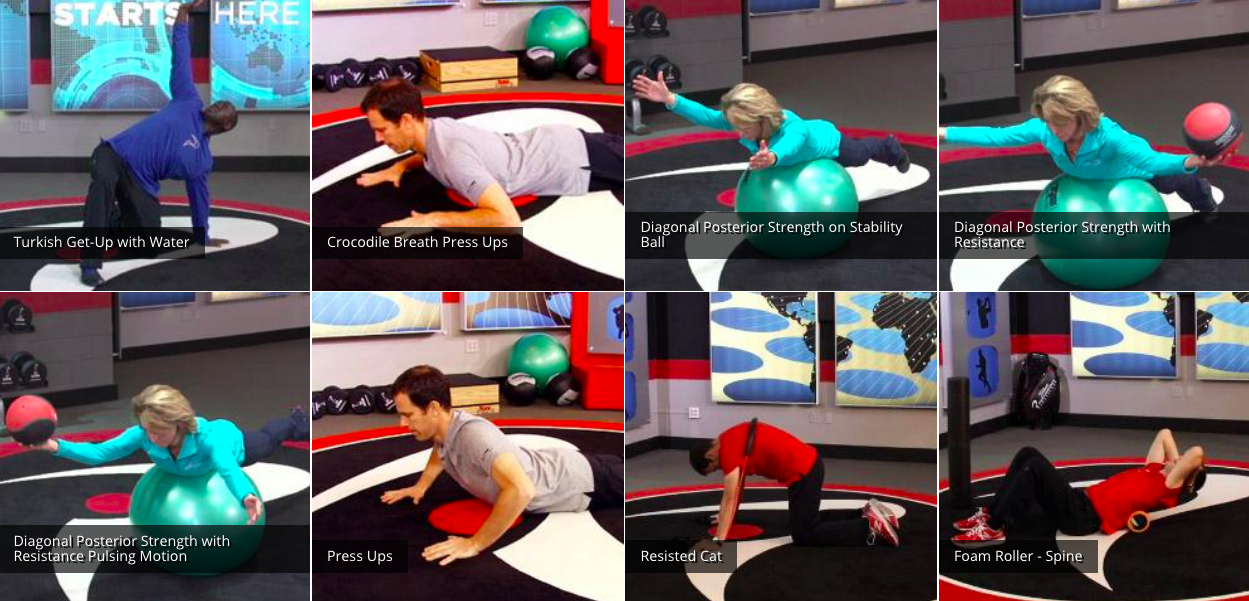If You Can't Extend From Your Thoracic Spine, You're Squandering Power and Inviting Injury
Mon Feb 11, 2019 by RacquetFit
The physical capabilities required to emulate the serves of the best tennis players in the world are often underrated. We've written previous posts on the importance of coil (rotation), but today we want to discuss extension. Extension is defined as straightening movement that increases angles of the joint. Standing is an example of hip and knee extension. Shooting a basketball is an example of elbow extension. In yoga, the cat is spine flexion, the cow is spine extension.

Limitations in extension of the thorax is often accompanied by limitations flexion of the thorax. If a tennis player cannot extend or flex from the thorax, they may showcase Flat Shoulder Plane, an extremely common serve characteristic among recreational tennis players.

Additionally, if an athlete lacks extension in the hip, thoracic spine or flexion in the shoulder, they may compensate by trying to achieve mobility in their lower back (lumbar spine). This can be a precursor for a serve characteristic called S-Posture.

Both S-Posture and Flat Shoulder Plane will result in a significant loss of serve power, but, perhaps more importantly, invite compensations which can cause injury.
As an instructor, we believe the most important thing you can do is assess if S-Posture or Flat Shoulder Plane is the result of technique or physical limitations.
At RacquetFit, we teach a physical screen called Multi-Segmental Extension. It evaluates spinal extension, shoulder flexion and hip extension, three movements that are critically important in getting into a powerful trophy position in the serve.
To perform the Multi-Segmental Extension screen, have your athlete hold their racquet above their head with both hands (full shoulder flexion) so that the arms are covering the ears. Next, have your athlete push their hips forward as far as possible while simulatenously bending backwards as far as possible. We're looking to see if the hips extend past the toes and the shoulders bend backwards past the heels.

If an athlete fails to accomplish this, it is an indication that serve characteristics such as Flat Shoulder Plane or S-Posture may be the result of physical limitations.
If a player if limited by their body, they have two choices: 1) they can coach around the limitation or 2) they can work with a medical or fitness professional to improve their body in the gym.
Here are a few exercises from RacquetFit instructor Jeff Salzenstein and RacquetFit Certified performance specialist Jason Stone.
Once you know what is holding you back, there are dozens of ways that you can improve. The assessment makes the program. Here are a few additional exercises from our partner TPI that can help you improve you ability to extend from your thorax.
If you're interested in learning more about the RacquetFit screen and how you can learn to evaluate if your athletes' bodies are impacting their technique, check out an upcoming RacquetFit seminar.

